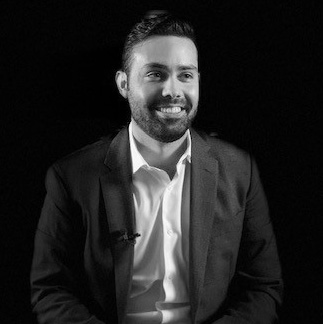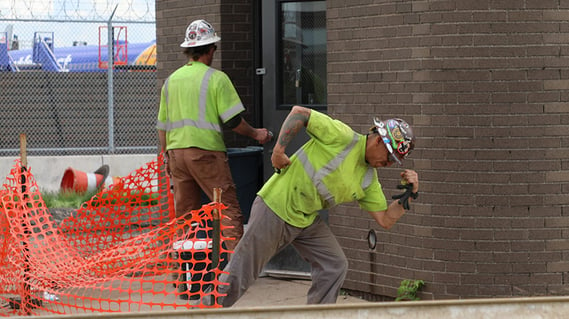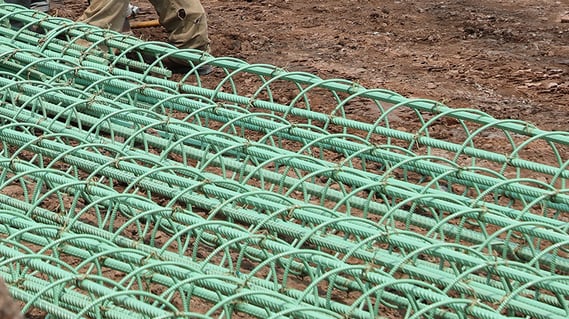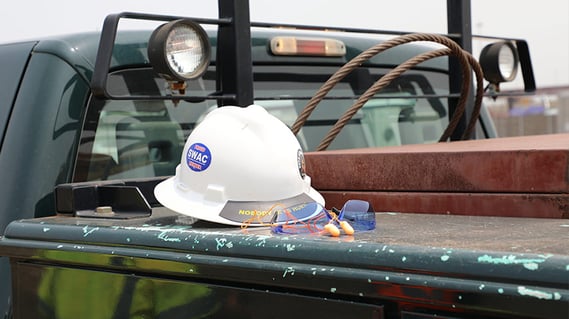
2020 will mark the end of a decade and a fresh start into a new year and period. For the construction industry, many of the challenges wrestled with in 2019 will carry over into 2020. I predict, and many will agree, that these will and there will be a new one to add to the challenges facing the construction industry.
With spending for construction projected at $1.426 trillion in 2020 (6.3% increase) compared to $1.341 trillion in 2019 (1.5% increase from 2018), the rising costs continue with certain sectors feeling more impact and others getting a slight reprieve. Across construction, there are a few challenges that everyone will be facing.
Labor Shortages

While this has been a challenge for many years now, this is certain to be a tough hit to many contractors.
Construction robotics is helping to relieve the pressure for some contractors who are embracing construction technology solutions. Those that aren’t will experience a greater impact and it is likely to affect their delivery timelines and profits.
Kiplinger released a by state overview of projects and projected employment rate growth by state and the strength of construction growth in each state. While most states will not be seeing a significant increase to employment rates the increase will only compound the challenge of finding skilled laborers.
Material Costs and Resources

It’s no secret that the cost of doing business is going up. In 2019, tariffs went into full effect and made it a challenge for contractors to guarantee material costs. Steel, aluminum, lumber and more have been impacted by the tariffs and this challenge will remain one in 2020. In addition, fuel costs, while leveling off, are always an area that contractors want to control since they can burn a lot while equipment and . These higher costs will make it difficult to make a profit—resulting in smaller margins.
Insurance Costs and Coverages

Insurance is for your projects, so it’s not a cost that can be cut. Even with all the planning, safety preparations and communication, the fact is that construction is a high-risk industry and unexpected things can happen.
Compare pricing on insurance policies for the best rate and coverage. Also, take a close look for the following three hidden exclusions that can hurt your business long term:
|
Your work—is your policy covering defective work or is it an exclusion? If it’s an exclusion, you are protected from this and it can cost you a lot of money down the road. |
|
EIFS (External Insulation Finishing Systems)—this exclusion is typically very broad and unenforceable. While not present on all projects, this can be a huge risk if there are damages or injuries that happen on the site as the presence of EIFS could preclude insurance coverage. |
|
Employer’s liability exclusion—while you may have worker’s compensation to handle your employees that may get injured, this doesn’t prevent you from being sued if you are believed to be at fault or negligent by other workers on the job. This exclusion means you can be sued as a third party which could mean a and no protection on your policy if it does happen. |
Reduced Backlog

Economists are projecting a for the US economy as a whole based on the NY Federal Reserve Forecast Model. While this doesn’t look to last long and as usual, construction may feel a residual effect their work backlog as public and private sectors will most likely tighten up spending and not put out projects for bid.
About Austin Conti
As CEO and Co-Founder of Tenna, Austin leverages his international experience in construction operations for civil, building, and energy projects with The Conti Group, which has built successful, reputable businesses that make a positive impact on the world in construction, engineering, renewable energy, real estate, technology, and biotech. His passion for entrepreneurship led him to create a construction technology platform built on over a century’s experience from The Conti Group.



